5 food myths + one bonus
[ad_1]
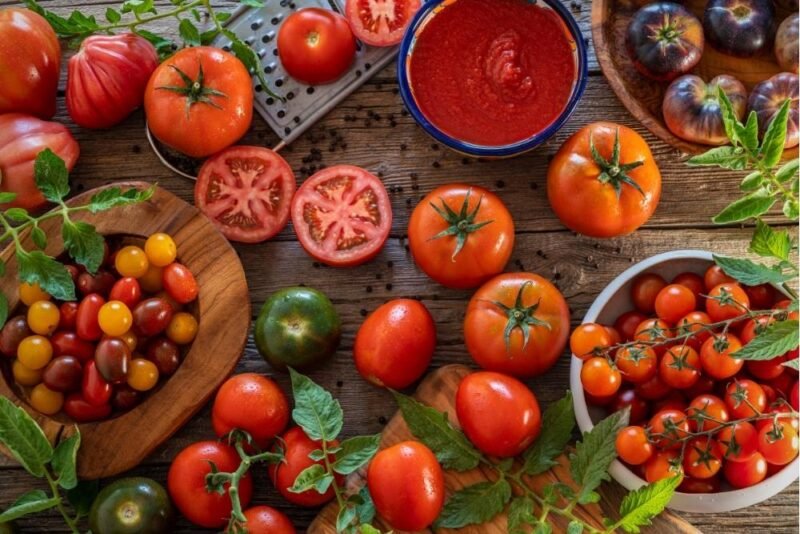
There are few points I adore extra than a foodstuff fantasy. A lot more specifically, busting a foods myth. In today’s write-up, I want to bust a several myths for you, which includes a couple that have a ton of dogma behind them. I’m also which include hyperlinks to some of my past short article for The Seattle Instances or The Washington Write-up on these subjects (attainable paywalls…sorry). Love!
Fantasy 1: You really should by no means refrigerate tomatoes
That is real some of the time, but not all of the time. It depends on where by your tomatoes came from — the garden, the farmer’s market, or the grocery keep.
If your tomatoes came from your backyard — or from a farmers marketplace exactly where you have confidence in they haven’t been refrigerated—store them at area temperature if they nevertheless require to ripen, but keep ripe tomatoes in the fridge and take in inside 3 times for greatest good quality, letting them occur to room temperature to start with. The high quality of ripe tomatoes will deteriorate far more at home temperature than when saved briefly in the fridge.
If your tomatoes appear from any where else (i.e., a grocery keep), assume they have by now been refrigerated. Store them in the refrigerator until finally you’re prepared to use them.
If you want to geek out a lot more on these tomato factoids, I fully credit history J. Kenji Lopez-Alt (writer of the fantastic and geek-deserving cookbook “The Food items Lab) and his Critical Eats column on the matter.
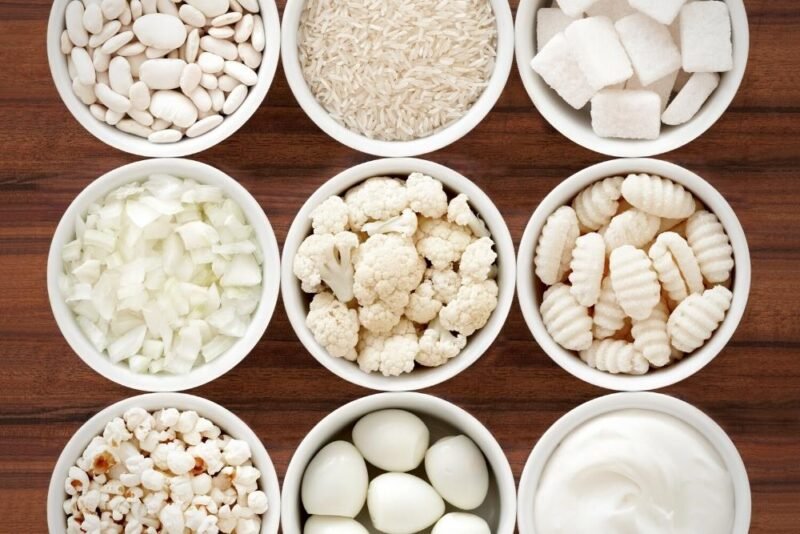
Myth 2: You ought to prevent white foods
Really, a range of white meals are entire of nourishment, and could even be named superfoods! These include things like cauliflower, garlic and white button mushrooms, not to point out bananas, pears, white peaches and nectarines, jicama, parsnips, ginger and even the humble potato.
- Cauliflower. A member of the tremendous-healthful, phytonutrient packed cruciferous family, together with broccoli and kale, which get all the credit. Some of their phytonutrients have anti-inflammatory and anti-most cancers attributes. Attempt it roasted.
- Garlic. Just like the cruciferous family, the allium relatives, which features garlic, onions, leeks, shallots and scallions rightfully ought to have superfood standing. The phytonutrients in garlic may help secure us in opposition to coronary heart disorder, continual swelling and may well even gradual the improvement of many types of most cancers. When you chop or mince garlic, allow it sit for 10 minutes prior to adding it to what you are cooking to enhance the creation of advantageous compounds.
- White mushrooms. Mushrooms involve a form of fiber that might assist continue to keep your blood sugar and cholesterol degrees balanced, as nicely as anti-oxidants. They also give that savory umami taste that can make food stuff much more mouth watering, and they can even act as a stand-in for meat in some recipes.
I wrote an report for the Washington Write-up that presents heaps additional facts on these superfoods.
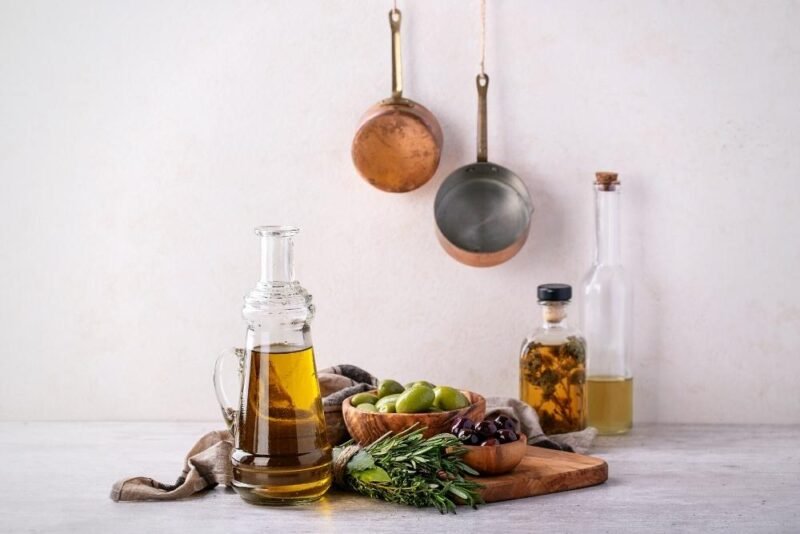
Fantasy 3: You should not cook with excess virgin olive oil
The fact is that high quality EVOO is harmless — and tasty — to prepare dinner with at any temperature usually employed in the dwelling kitchen. You can even bake with it! It’s real that EVOO has a decreased “smoke point” (the place when an oil begins to smoke and crack down and produce unhealthful cost-free radicals) than refined oils like canola oil, vegetable oils and mild olive oil, its smoke place is significant more than enough to be a healthful alternative for almost all styles of cooking we do at residence. Mediterranean countries, particularly Greece, cook anything in added-virgin olive oil.
Smoke point relies upon partly on the excellent, age and ailment of the oil. Great-high quality EVOO is secure in a array of 350-410 levels, in section due to the fact it is abundant in antioxidants, which shield the oil from getting to be destroyed when heated. Inadequate excellent oil, or oil that has long gone rancid, will have a decrease smoke level.
I debunked this fantasy (and a handful of other olive oil myths) in The Seattle Situations.
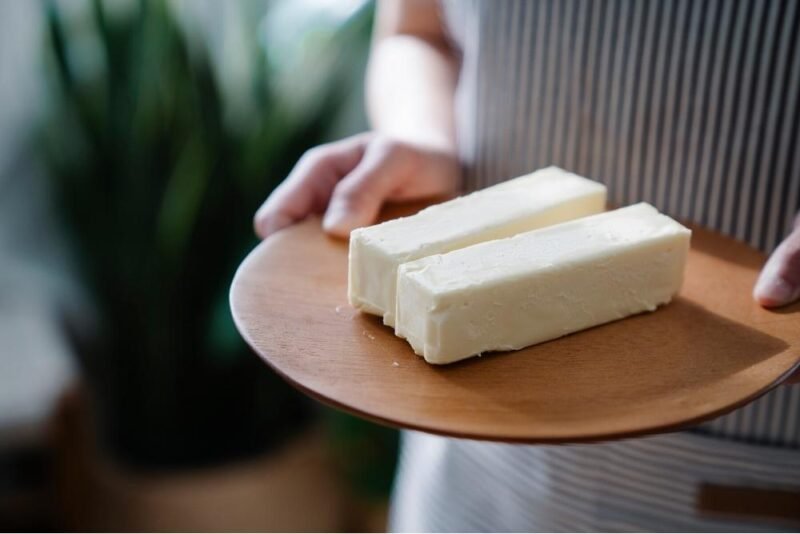
Myth 4: Coconut oil and butter are good for you
No, butter’s not back, and coconut oil doesn’t ought to have its health halo. These saturated fats are wonderful in moderation from a culinary standpoint, but they really don’t do anything for your wellness. There’ve been a ton of headlines expressing that saturated fat’s not “as lousy for you” as was after thought, or that coconut oil is nutritious because it “behaves” in another way than other saturated fat when we take in it.
The fact is that saturated excess fat does continue to raise cholesterol and there’s no research to back up the statements produced in favor of coconut oil. Basically, the Emperor has no garments. From a culinary viewpoint, I assume the two coconut oil and butter have their position in the kitchen, but just never contemplate them wellness foodstuff. You’re a lot far better off utilizing olive oil.
For much more, see my Seattle Periods column on butter, and my column on coconut oil.
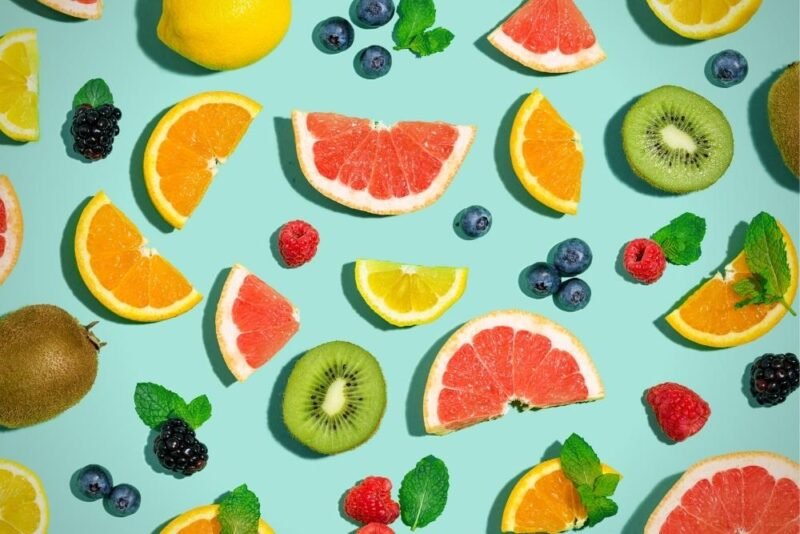
Fantasy 5: Fruit has too much sugar OR fruit is a “free” food stuff
Fruit incorporates natural sugar, but that’s not the similar thing as the added sugar that, yes, we must prevent heading overboard on. But, fruit is usually greater in carbs and energy than veggies, so even even though we ought to “eat our fruits and veggies,” veggies earn.
Most of us have a sweet tooth, mainly because that was our 1st style to acquire as babies. Fruit is incredible, and it nature’s fantastic balanced sweet. Nutrient-intelligent, fruit is identical to greens, comprehensive of natural vitamins, minerals, phytonutrients, fiber and drinking water. But…it has far more carbs. So if you’re more lively, you could possibly advantage from extra fruit. Fewer energetic, fewer fruit.
You can locate a lot additional info in an short article I wrote for The Seattle Moments.
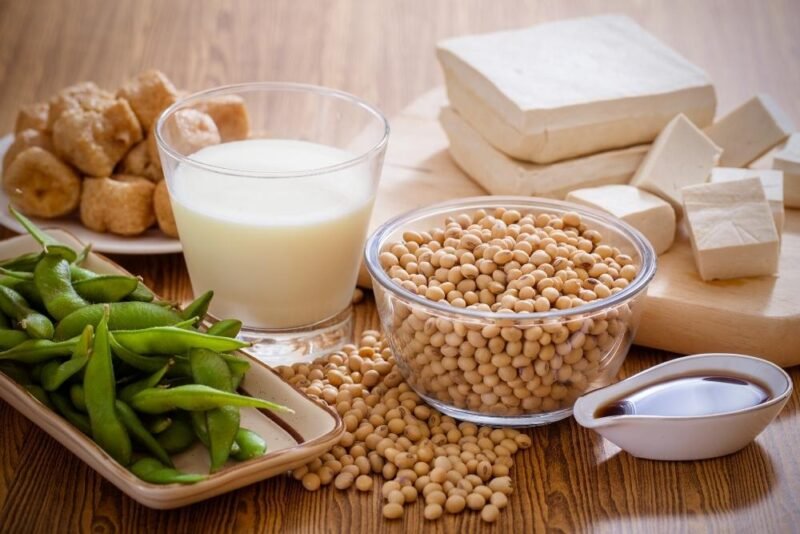
Bonus food stuff fantasy: Soy food items are harmful (and trigger most cancers)
The reality is that classic soy meals are an excellent source of plant-primarily based protein, and have been discovered “not guilty” of the wellbeing crimes they’ve been billed with. The jury’s nonetheless out on the extremely processed soy found in protein powders and energy bars. What individuals are inclined to be apprehensive about are phytoestrogens. One particular sort of phytonutrients in soy, isoflavones, is also a phytoestrogen — a plant compound that weakly mimics the outcome of the hormone estrogen. This as soon as lifted fears that ingesting soy may possibly raise breast cancer risk.
The American Most cancers Modern society suggests the proof signifies that soy meals are harmless and potentially valuable. When eaten consistently, isoflavones have been linked to lessen possibility of breast and prostate cancer, as nicely as coronary heart sickness, variety 2 diabetic issues and osteoporosis. However, it is most effective to avoid significant doses of isoflavones in nutritional supplement form, and the jury’s out on the soy protein isolate observed in several vitality bars and soy “meats.” Find out additional in my Seattle Times article on plant proteins.
As an extra, more bonus, here are one-way links to content articles I’ve composed on two quite fantasy-worthy topics, gluten and very low-carb eating plans:
Carrie Dennett is a Pacific Northwest-dependent registered dietitian nutritionist, freelance writer, intuitive having counselor, author, and speaker. Her superpowers involve busting nourishment myths and empowering women to experience much better in their bodies and make food stuff decisions that support pleasure, nutrition and health.
 Print This Article
Print This Article
[ad_2]
Resource connection
